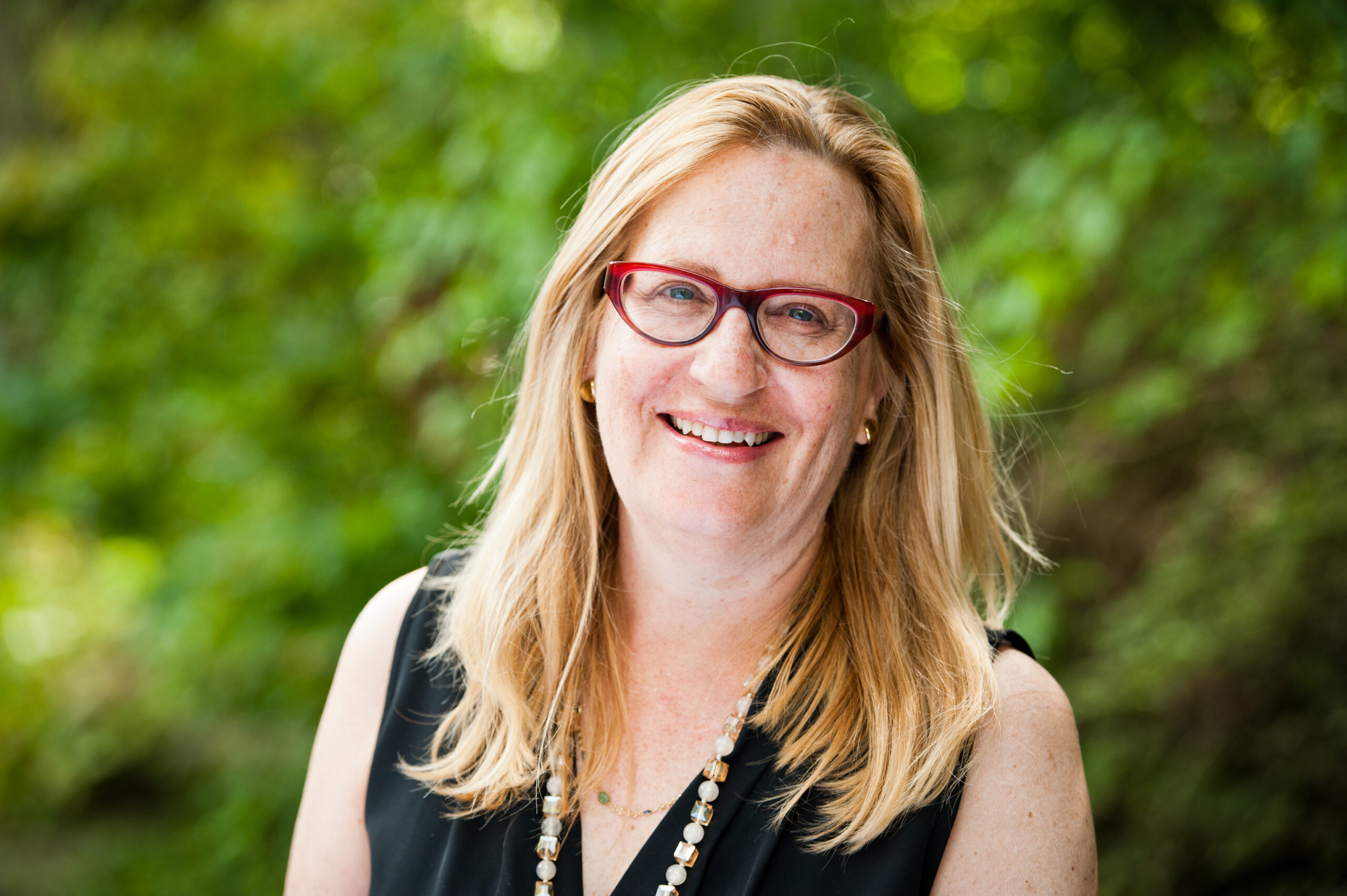This article was originally published in eJewish Philanthropy on Nov. 25, 2019.
Jewish communal leaders are becoming champions of reinvention, now regularly using Design Thinking and Lean Startup methods to re-imagine the Jewish landscape. In my own quest not to suffer a failure of imagination when creating anew I’ve gone as far as learning from Israelis, a Russian engineer’s approach to innovation called Systemic Inventive Thinking. If you haven’t tried that one, it’s worth a look. The stakes are high. Let’s try them all. And when using new innovation tools, couple them with a power tool: collaboration across difference.

Collaboration across difference is much easier and more potent than one might believe during these polarized times.
One proof text I can share is the remarkable story of 13 rabbinical schools from across geography and perspectives working together for almost three years. Our inter-seminary collaboration has resulted in the development of a single course for all of our students, Leading Through Innovation. This is a first. Beginning this spring, our students from London to Los Angeles, from traditional to progressive, will learn innovation tools and will work in collaboration across difference.
Our inter-seminary initiative highlights five (easy) steps for collaboration across difference.
1. Get out of your own space
Overcoming the stubborn obstacles of our times is not a solo sport.
At the 2017 Collaboratory in Atlanta, I randomly struck up a conversation with leaders from Yeshivat Maharat, the first Orthodox institution in North America to ordain women and the ALEPH Rabbinic Program of the Jewish Renewal movement. The three of us had never crossed paths.
After introducing myself as the teacher of social entrepreneurship and innovation at the Reconstructionist Rabbinical College, we connected around the challenge of preparing rabbinical students for our changing times. In each other, we saw possibilities and asked: Was there any opportunity to tackle this together? Who else might be interested? That was the beginnings of our inter-seminary initiative, soon joined by invaluable others.
To find potential partners, add to your must-do list: getting out of your own space. You can do that at national gatherings, which are super-sized networking opportunities, but just as helpful, and much less expensive, is sharing venti-sized coffees with someone you don’t know yet.
2. Identify a shared essential question
The schools engaged in our inter-seminary collaboration reflect important differences that enrich the multitudes within the Jewish community. It is honest to say that some of our seminaries may even be in competition for students and philanthropic dollars. So how do you set the table for establishing collaboration among this diversity and potentially competing interests?
Amanda Shechter from Maharat and Tamy Jacobs, formerly from ALEPH, and I set the table by framing the question: “How might we support rabbinical and cantorial students to grow as innovative leaders who are able to engage meaningfully in our rapidly changing world?”

Two factors mattered in our story. Firstly, the question posed was vital to all the potential participants. Regardless of religious orientation, the world has changed for all of us. Secondly, the presenting question was intentionally framed with the phrase, “How might we,” as recommended by Design Thinking. This opening signals possibility, and cues a need for collective action.
We generated a list of rabbinical school leaders we thought might be interested. Everyone we asked said yes. Since our first gathering, hosted by Rabbi Stephanie Ruskay at The Jewish Theological Seminary, our numbers have grown. And they continue to grow.
To set the table for collaboration amidst diversity, identify an essential shared question and humbly acknowledge no one has the answers yet. Don’t just signal that each voice is important. Really mean it.
3. Insist on Appreciative Inquiry
To actualize the intention of truly honoring each voice in service of generating collective action, we used practices prescribed by Appreciative Inquiry (AI). AI agendas inquire into the best of what already exists in order to light the way to the future.
AI agendas for our gatherings invited everyone to share something their school had already tried. We used AI questions like, “Share a time when you were wildly successful,” “If you had three wishes what would they be?” and “What would it have looked like if the thing you had tried had worked?”
Everyone had something to teach. Fondly, I remember a meeting at Hebrew Union College-Jewish Institute of Religion’s New York campus hosted by Rabbi Lisa Grant and Dr. Evie Rotstein, when each person around the large conference table jotted down someone else’s ideas. Everyone had something to learn.
We were buoyed by what we learned each school had been doing. Yet, we recognized the limitations of the wisdom in the room.
So we invited innovation leaders to teach us. Generously, rabbis in the field like Rabbi Sid Schwarz of the Clergy Leadership Incubator and Rabbi George Wielechoswki, then of the Open Dor Project, volunteered to teach us about the existing eco-system that is supporting clergy as innovation leaders.
At one session, an innovation leader suggested that the skills we were exploring could only be learned once students became professionals in the field. We struggled with that notion, asking what mindsets and skills students might cultivate as foundational prior to graduation. At a gathering hosted by Rabbi Jon Kelsen at Yeshivat Chovevei Torah, an AI approach provided an answer. We shared numerous stories about students who were already learning and acting as intra and entrepreneurs. An inspiring picture emerged; leading us to embrace a shared belief that students couldn’t afford to wait until they graduated to cultivate their ability to lead as innovators.
Collaboration across organizations has the potential to devolve in numerous ways. By using positive structures for gatherings, such agendas infused with AI practices, you avoid common pitfalls like posturing or negativity. Optimism and glimpses of what’s possible are jet fuel for collaboration across difference.
4. Get a backbone
Like in all nonprofits, the participants in this initiative are super busy people. They were motivated by the question posed and energized by engagement with their colleagues. But, that doesn’t mean they could make the time to do the structural support work to propel the collaboration.
Collective Impact, a social change approach that brings multiple organizations together to address a shared issue, identifies the need for what it calls a “backbone.” The backbone ensures an initiative stays focused and moves forward. The backbone often includes network weaving, setting agendas, coordinating data collection and seeking funding.
On this project, I act as the backbone. Yes, I too am a super busy person. But I see this work falling into the scope of my job. As Vice President of Innovation and Impact at Reconstructing Judaism, I am empowered to work with partners to seek solutions to tough challenges and to uncover wondrous unseen opportunities in the Jewish community.

Being the backbone doesn’t mean you do it all yourself. You can’t want the outcome more than the participants want it. And the collaboration can’t be seen as an individual’s project. So in our collaboration colleagues co-set agendas, facilitate sections of learning and host gatherings. Right now everyone is working to expedite registration for our spring course.
Get a backbone sounds like a funny thing to say to a group. But don’t laugh. Get one to keep forward momentum when building collaboration across difference.
5. Move to action
After numerous gatherings, we were ready for collective action.
Rabbi Elan Babchuck of the Glean Network helped catalyze the action. Elan was a guest teacher who began by asking us an innovator’s question, “What is the pain point of the schools?” Dr. Ora Horn Prouser of the Academy for Jewish Religion in New York spoke in our collective voice, “We don’t want a disconnect between the creativity and imagination of our students and what they can make real in the world.”
Since August 2018, Elan and his team have been working with our inter-seminary collaboration to design an online synchronous course, that meets the shared and unique needs of students across time zones and perspectives.
This has never been tried. Not one of our schools could have created this alone.
One course, we know is not the complete solution. But it is going to teach us a lot. With the launch this spring, we will be cycling through a test-learn feedback loop that will provide insight into our shared essential question that began the process: “How might we support rabbinical and cantorial students to grow as innovative leaders who are able to engage meaningfully in our rapidly changing world?” The action we are taking is a beginning not an end.
To be an effective collaboration, not just people with diverse perspectives called to a conference table, it is essential to invest in building trust, common purpose and optimism. Only then can you grow the safe and generative climate for people across difference to take risks with inventive action.
Our inter-seminary initiative has practiced five easy steps to foster collaboration (get out of your own space, identify a shared question, insist on appreciative inquiry, get a backbone and move to action). We’ve grown to believe that the answer to our initial question includes our students learning innovation tools and, as importantly, learning and working across perspectives. This spring our students will learn and apply innovation tools to address needs in their communities. And our students will practice the power tool of collaboration across difference, helping each other create solutions that no singular person or organization could ever achieve. Coupling innovation tools with collaboration across difference holds great promise for the future we all share.
Participants in the Inter-seminary collaboration:
- The Academy for Jewish Religion, New York
- The Academy for Jewish Religion, California
- The ALEPH Rabbinical Program
- Hebrew College
- Hebrew Union College-Jewish Institute of Religion, New York
- Hebrew Union College-Jewish Institute of Religion, Cincinnati
- The Jewish Theological Seminary
- Leo Baeck College, London
- Reconstructionist Rabbinical College
- Yeshivat Chovevei Torah
- Yeshivat Maharat
- Yeshiva University
- Ziegler School of Rabbinic Studies, American Jewish University
Cyd Weisman is vice president for Innovation and Impact at Reconstructing Judaism. Reconstructing Judaism is the central organization of the Reconstructionist movement.








